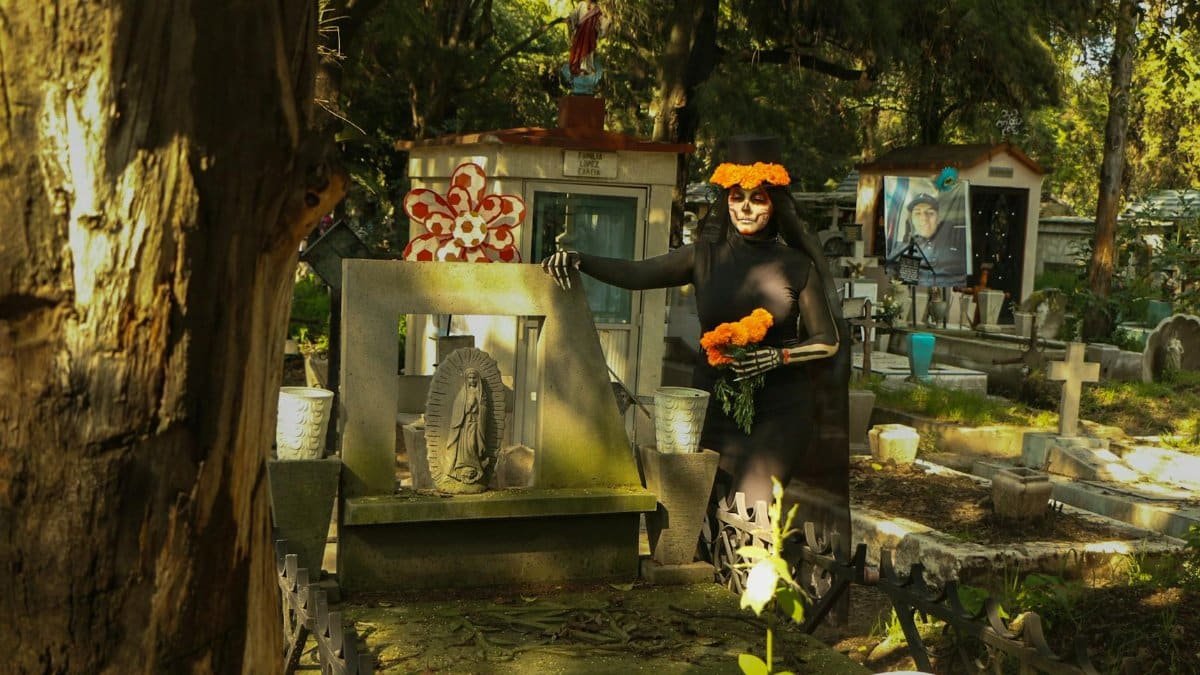Rewind a century, and the concept of the loss of sacred traditions in America would have been unthinkable for many. Back then, communal rituals—whether tied to faith, harvest, or family—anchored daily life. Church bells rang out on Sundays, harvest festivals drew entire towns, and family gatherings cemented generational bonds. These traditions weren’t just events; they were the heartbeat of identity. Fast forward to 2025, and something feels different. Many of these once-unshakable practices have eroded, leaving a quiet void. Walk into a small-town diner today, and you might overhear murmurs of regret over forgotten customs or debates about what still holds meaning. The loss of sacred traditions in America isn’t just a nostalgic lament—it’s a shift that’s reshaping how communities connect, how families define themselves, and how individuals seek purpose in an increasingly fragmented world.
The Roots of Sacred Traditions in America
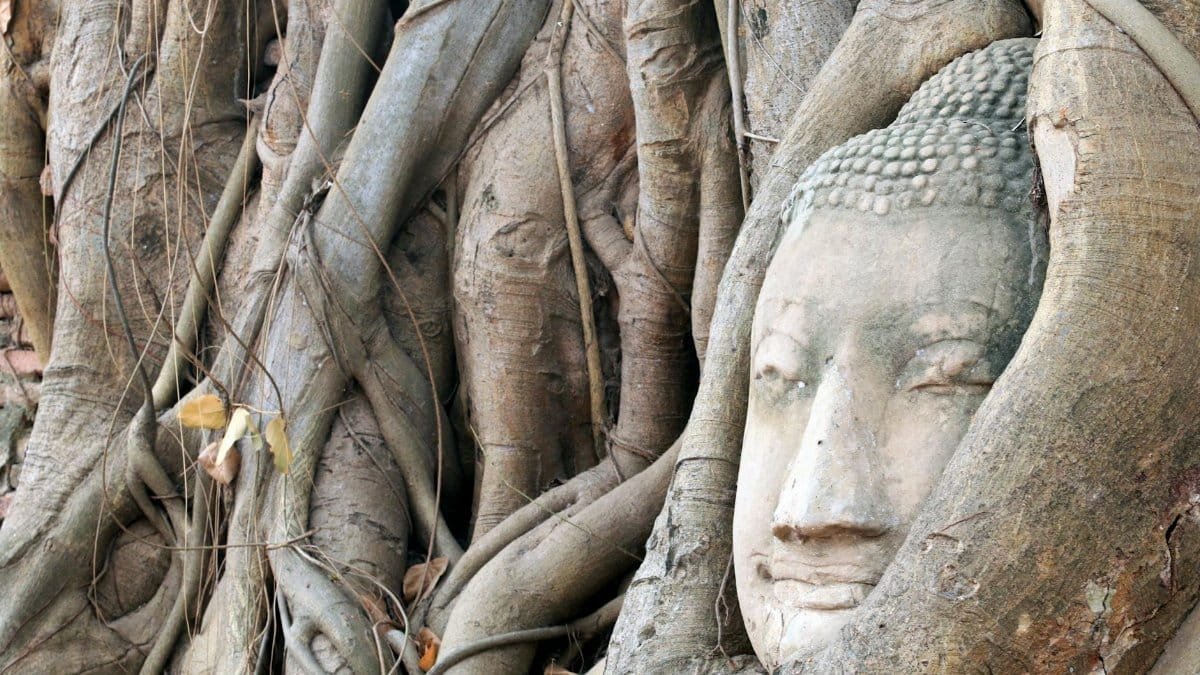
For much of American history, sacred traditions were the glue of society. They weren’t always religious in the strictest sense—think of Thanksgiving dinners, Fourth of July parades, or even the ritual of a Friday night high school football game in the South. These moments carried a weight beyond their surface. They offered a shared language, a way to mark time, and a reminder of belonging. Historians point to the early 20th century as a peak for many of these customs, when immigration waves brought diverse rituals that blended into a uniquely American tapestry, as noted in studies from The Library of Congress.
Yet, beneath the nostalgia lies a practical truth. These traditions often emerged from necessity—communities needed to celebrate survival after harsh winters, or families clung to old-world customs to preserve identity in a new land. Over time, though, as urbanization and technology reshaped life, the urgency behind these practices began to fade. What once felt essential started to feel optional.
Why Traditions Are Slipping Away
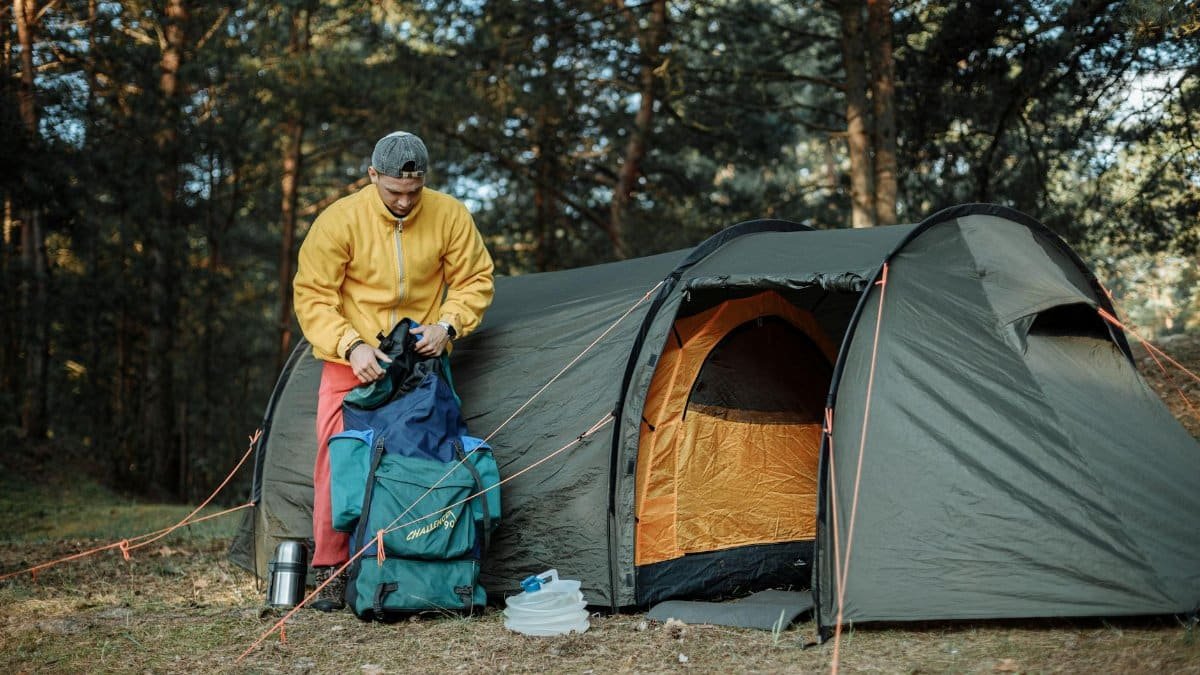
Ask any sociologist, and they’ll point to a constellation of forces behind the loss of sacred traditions in America. First, there’s the relentless pace of modern life. Between dual-income households and packed schedules, carving out time for elaborate rituals feels like a luxury. A 2023 survey by Pew Research Center found that 62% of American parents feel too busy to maintain family traditions consistently. Then there’s mobility—Americans move more than ever, with the U.S. Census Bureau reporting that over 27 million people relocated in 2022 alone, often leaving behind community-rooted customs ( U.S. Census Bureau ).
Technology plays its part too. Virtual connections, while convenient, can’t replicate the tactile, messy joy of a shared meal or a town festival. One woman, reflecting anonymously in a public online forum, described the hollowness of Zoom holiday gatherings: “It’s just not the same as smelling the turkey or hearing everyone argue in person.” These digital substitutes often leave people longing for something more tangible, yet unsure how to reclaim it.
The Impact on Family Bonds
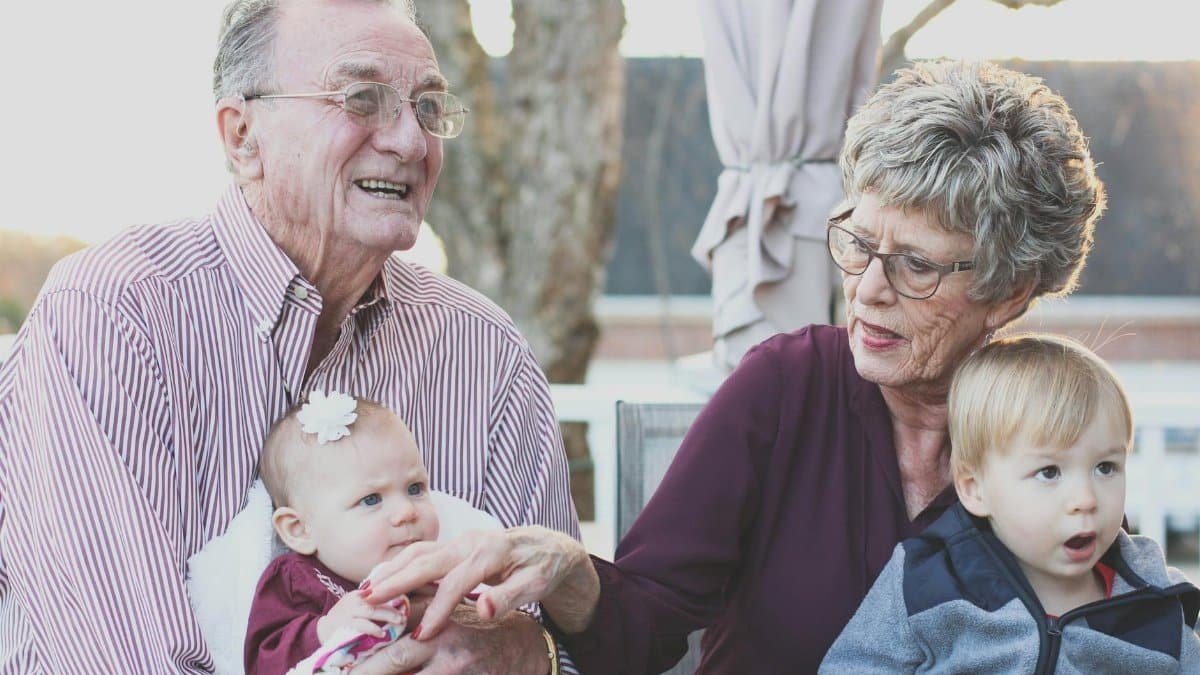
Families feel the loss of sacred traditions in America most acutely. Without regular rituals—whether it’s a Sunday brunch or an annual camping trip—generational ties can fray. A therapist in Ohio shared a story of a client in her 40s who felt disconnected from her teenage children. “She realized they had no shared touchstones,” the therapist explained. “No holiday routines, no little customs to anchor them. They were just coexisting.” Research backs this up: a 2021 study from The American Psychological Association found that families with consistent traditions report higher levels of emotional closeness and lower rates of anxiety among children.
Without these anchors, misunderstandings grow. Older generations lament the disregard for “how things used to be,” while younger ones often see traditions as outdated or irrelevant. The result is a quiet rift, one that chips away at the stories and values passed down through time.
Communities Unraveled

Beyond the family, entire communities are grappling with this erosion. Small towns, once defined by annual fairs or church suppers, now struggle to draw crowds. In rural Midwest regions, for instance, attendance at community events has dropped by nearly 30% over the past two decades, according to local government reports summarized by The U.S. Department of Agriculture. The reasons vary—aging populations, economic decline, or simply a shift in priorities—but the outcome is the same: fewer shared experiences to knit people together.
Urban areas aren’t immune either. In cities, where diversity once fueled vibrant cultural festivals, many events now feel commercialized or hollow. A street vendor in Chicago recently grumbled to a passerby, “This used to be about us, our history. Now it’s just another Instagram backdrop.” When traditions lose their soul, communities lose a piece of their identity, leaving residents to navigate a world that feels increasingly impersonal.
Spiritual Hunger in a Secular Age
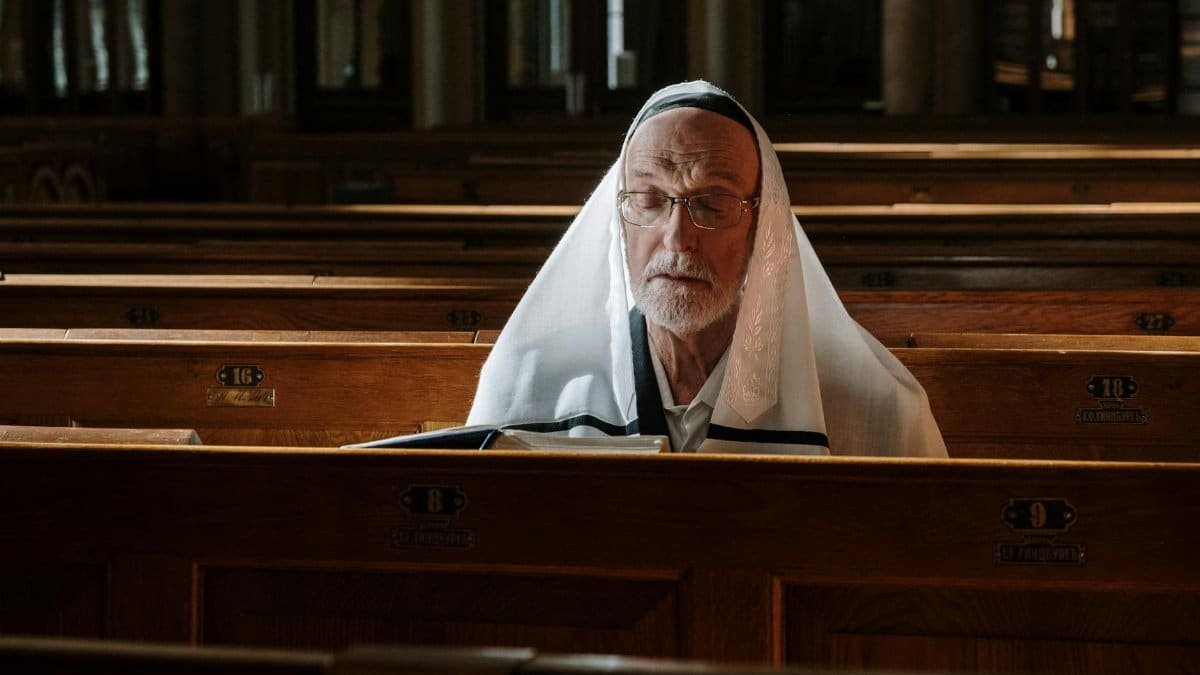
Perhaps the most profound effect of the loss of sacred traditions in America is spiritual. Even among those who don’t identify with organized religion, there’s a yearning for meaning that rituals once provided. Church attendance may be down—Pew Research notes a steady decline, with only 31% of Americans attending weekly services in 2023—but the desire for transcendence hasn’t vanished. People are searching, often in fragmented ways, through mindfulness apps, wellness retreats, or solitary hikes. Yet these individual pursuits rarely offer the communal grounding that sacred traditions once did.
This hunger shows up in unexpected places. Consider the rise of “secular rituals”—think Friendsgiving or online memorial spaces—where people cobble together new ways to mark life’s milestones. While inventive, these often lack the depth of history or shared belief that made older traditions feel sacred. The result is a kind of spiritual drift, where meaning feels just out of reach.
Can Traditions Be Reclaimed or Reinvented?
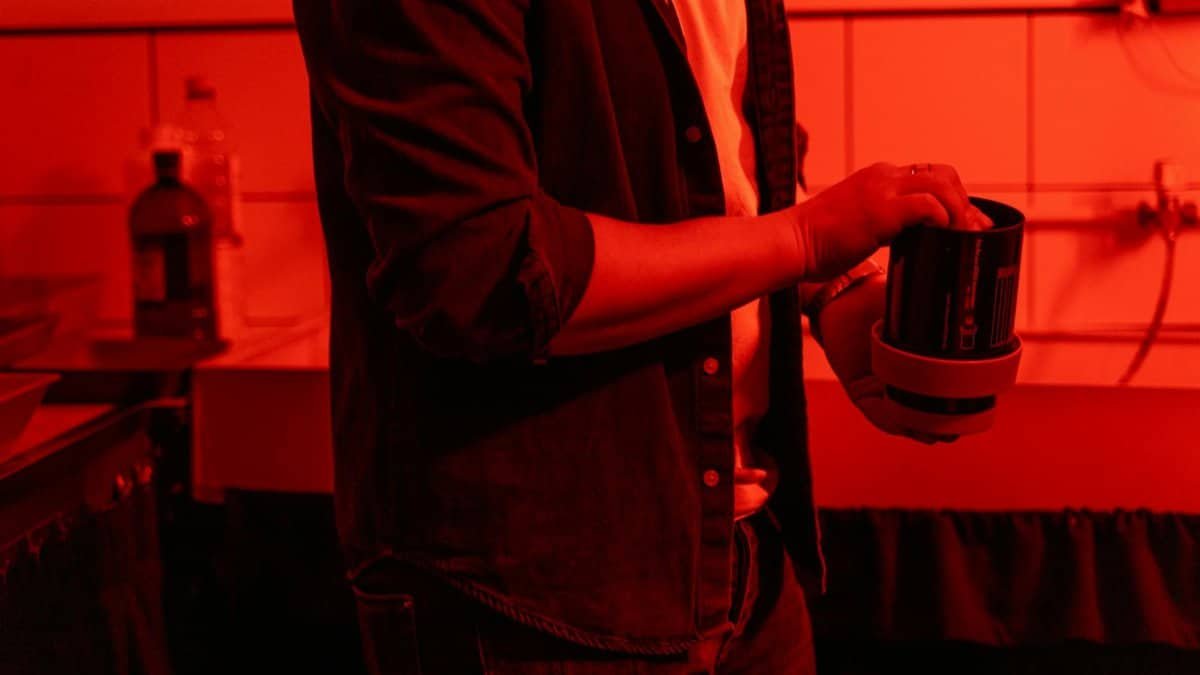
Here’s the lingering question: is it possible to reverse the loss of sacred traditions in America, or at least adapt them for 2025 and beyond? Some families are trying. In a suburb outside Atlanta, a group of neighbors started a monthly potluck, each bringing a dish tied to their heritage. It’s not perfect—scheduling conflicts abound—but it’s a start. One participant described the first gathering as “awkward, but warm,” a small step toward rebuilding connection.
Others argue for reinvention over revival. Cultural anthropologists suggest blending old customs with modern realities—think hybrid holiday celebrations that honor multiple faiths or digital storytelling to preserve family lore. The key, they say, is intentionality. Traditions can’t just happen; they need to be nurtured, even if they look different from the past. It’s a delicate balance—honoring history while making space for a world that’s changed.
Finding Meaning in the Fragments
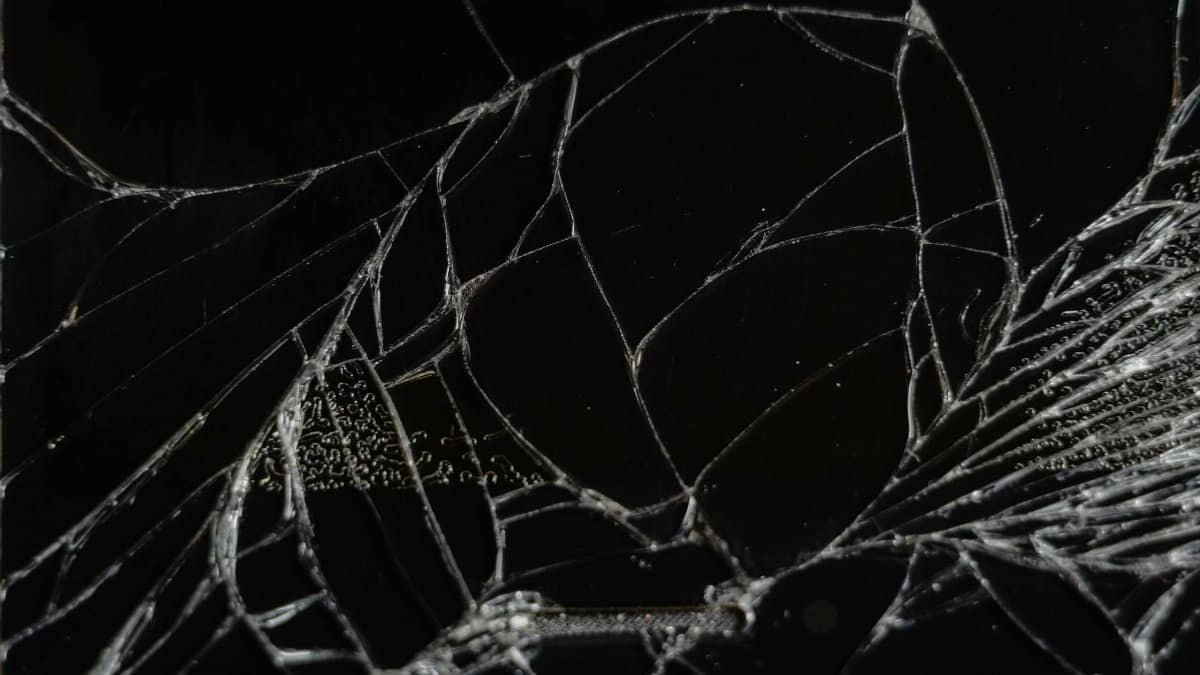
The loss of sacred traditions in America isn’t a problem with a neat solution. It’s a slow unraveling, felt in the quiet moments when a holiday passes without fanfare or a community event draws only a handful of faces. Yet, amid the erosion, there are flickers of hope. People are hungry for connection, even if they don’t always know how to find it. Whether through reviving old customs, inventing new ones, or simply pausing to remember what once was, there’s a chance to rebuild.
This isn’t about turning back the clock. It’s about recognizing what these traditions offered—belonging, purpose, a sense of the sacred—and finding ways to weave those threads into the fabric of today. America is changing, as it always has. The challenge is to ensure that, in the rush forward, something vital isn’t left behind. Maybe the first step is small: a shared meal, a story told, a moment marked. Sometimes, that’s enough to start again.
